|
|
|||||

|
|||||
|
Over the last 25 years, UNODC has played a leading role in assisting Member States to develop and implement drug control policies, including policies of alternative development. Alternative development continues to be the principal method used by Member States and UNODC to address illicit drug crop cultivation. The United Nations General Assembly, in its twentieth special session on September 1998, recognized alternative development as: |
|||||
|
|||||
|
UNODC's concept of alternative development centres around the understanding that drug crop growing areas are mostly areas where isolation and poverty are inherent and where farmers cultivate illicit drug crops because they are unable to obtain sufficient income from legal activities due to lack of markets, conflict, marginal land and absence of basic infrastructures. Alternative development aims to provide sustainable livelihoods to communities that cultivate illicit drug crops. UNODC's alternative development interventions also target communities that have stopped illicit cultivation but which used to cultivate illicit drug crops in the past or are vulnerable to starting illicit cultivation in the future. |
|||||
|
|
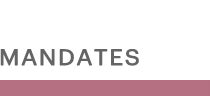
|
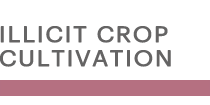
|

|
||
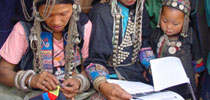
|
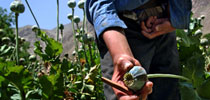
|
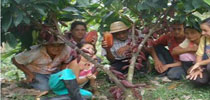
|
||
|
The framework for UNODC operations is the Single Convention on Narcotic Drugs of 1961 as amended by the 1972 Protocol, the Convention on Psychotropic Substances of 1971 and ... more |
Although growing illicit crops often helps small rural farmers cope with food shortages and the unpredictability of agricultural markets, economic dependence on illicit crops is ... more |
UNODC's alternative development approach is based on the idea that illicit drug supply can only be reduced successfully by addressing illicit drug crop cultivation through poverty reduction ... more |
||
|
|
|
|
||
|
|||||||